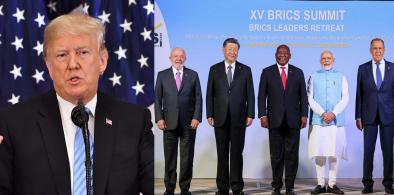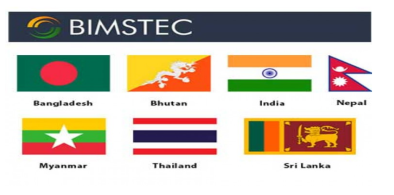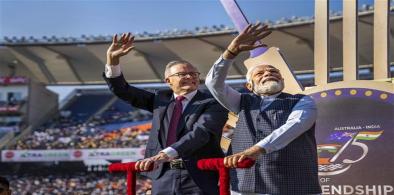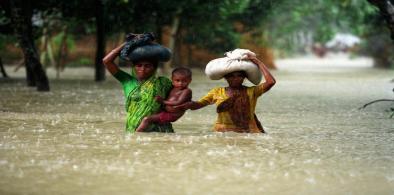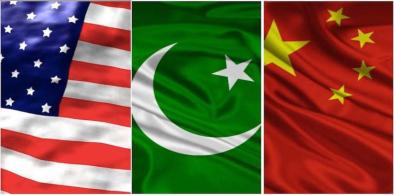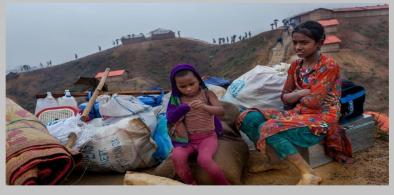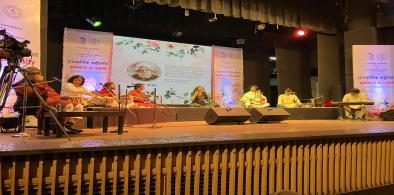If the Bangladesh-Myanmar-Thailand-India trilateral highway project and the Bangladesh-China-India-Myanmar (BCIM) corridor were integrated, ASEAN members could access the markets of Bangladesh, northern India, and the Himalayan countries of Bhutan, and Nepal.
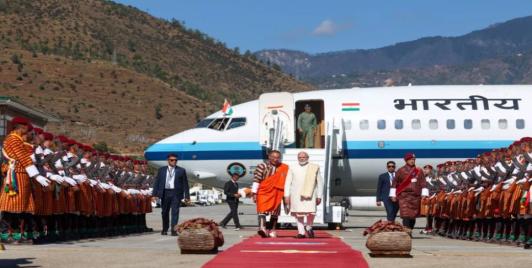
India-Bhutan Relationship Offers A Constructive Model For South Asia And A Peaceful Himalayan Region
Beyond India–Bhutan relations, the visit conveys a wider message to South Asia: cooperation grounded in respect, development, and stability remains essential in an uncertain global environment. As the region evolves, India appears to recognize the importance of maintaining strong partnerships without pressuring smaller neighbors or escalating strategic competition.
Red Fort Blast: India Facing A New Form Of Jihad?
The involvement of four doctors, one of whom allegedly executed the Red Fort blast, indicates a model that blends 'inspired' radicalisation with limited external facilitation. Interactions with certain outfits, Kashmiri terror commanders, and external handlers—if confirmed—point to an infrastructure that encourages attacks while maintaining plausible deniability.
The Nuclear Reckoning: Moment Of Awakening For India
It is time for India, along with like-minded nations across Asia, Africa, and Latin America, to articulate a shared agenda of non-alignment 2.0, not as a posture of neutrality but as a strategy of autonomy. The original Non-Aligned Movement (NAM) emerged from the Cold War’s bipolar tension; its modern counterpart must respond to multipolar volatility.
Endangered Indigenous Languages of South Asia: With Dominant Languages Replacing Mother Tongue, Are They Doomed To Die?
The world over, as is evident from the Atlas of endangered languages, there is a thrust of the dominant languages taking a precedence and most of the endangered languages are likely to disappear by 2100. Soon, possibly in the near future, the grand and great grand-children of the present generation may not be able to tell the story of their own mother tongue. Some of these languages will be lost forever and will only be limited to the pages of gazetteers and history books.
India and Australia: Strategic partners bound by growing soft power linkages
Higher education has emerged as an important linkage between both countries. As Australia seeks to reduce dependence on Chinese students, it would want to attract more Indian students.
Brain drain in Sri Lanka: A tragedy with a long term economic effect
This craze for migration is going to have a huge detrimental effect on Sri Lanka as it will be left with very few skilled workers to develop and contribute to the Sri Lankan economy.
India-Bangladesh Friendship Pipeline is a major milestone in bilateral cooperation, will help regional energy integration
Bhutan and Nepal would also benefit from the pipeline project. The two nations will have the chance to take part in the regional energy market and have access to a reliable energy source. The BBIN region’s economy will grow as the pipeline project fits in with the region’s overarching goal of enhancing integration and connectivity in South Asia.
Has Myanmar had a change of heart on Rohingya repatriation?
Acting under international pressure, Myanmar has apparently made the decision to reintegrate persecuted Rohingya based on nationality verification - with the repatriated Rohingya being referred to as "Bengali foreigners" - under the active supervision of international organizations and China, the United States, and EU countries.
A funding crisis will hit Rohingya refugees in Bangladesh; India and China need to do more
However, India, China, and other regional actors have yet to establish a firm position on the Rohingya repatriation process and peace talks to end the crisis in Myanmar. While the US is strongly supporting Bangladesh on the Rohingya issue, China and India’s geopolitical and geoeconomic interests in Myanmar have left Bangladesh to manage the Rohingya crisis alone.
Why can't South Asia remove barriers to love?
Kolkata-based Bangladeshi environmental activist Natasha Ahmed spoke about her cross-border marriage and the challenges she faces living in India with her husband and children. Her sister is married to a man of Pakistani origin. They face many complications meeting each other’s families due to the visa restrictions between India, Bangladesh, and Pakistan.
COVID-19 and South Asian exports in Asian perspective: Maldives most integrated country, Pakistan least
The data for South Asia shows that Maldives is the most globally integrated country in the region followed by Nepal, India, Sri Lanka, Bhutan, Bangladesh and Pakistan in terms of the average percentage of exports that formed part of the global value chain during the period 2019-2021.
Digital financial products will enhance financial inclusion in Bangladesh
Women in Bangladesh often have limited access to financial services, which can make it difficult for them to cope with climate change impacts such as floods, droughts, or cyclones. Digital financial products such as mobile banking and digital savings accounts can help to overcome these barriers and increase financial inclusion among women.
Reimagining international education: Australia’s India opportunity
This overbearing numbers-driven outlook has, so far, defined policy on international education. However, if India-Australia relations are to reflect a genuine partnership, the narrative needs to shift from transactional to transformational. This requires that the very purpose behind international education is dramatically rethought and altered.
Pakistan's clean history in utilisation of nuclear energy needs recognition
Karachi was the first Pakistani city to benefit from nuclear energy after KANUPP was connected to the grid. The inauguration of K-2 and now K-3 is a milestone in Pakistan’s quest to increase the share of clean nuclear energy.
Pakistan's future is tied to its balancing ties with the US and China
If US-Pakistan ties were to deteriorate further, Islamabad has limited options since Beijing in recent months has clearly shown that it will assist Pakistan in dealing with its economic problems only up to a point.
Winds of change in Myanmar? Shifting narratives bode well for the persecuted Rohingya community
There has been an outpouring of support for ethnic minorities among protesters of the regime, particularly among the younger generation, who believe that a lasting peace in Myanmar can only be achieved if it includes all of Myanmar's citizens, regardless of class, ethnicity, or religious affiliation. This shift in empathy has also altered long-held perceptions of the Rohingya.
Keeping faith in a plural and diverse India
Such deliberations around the themes of interfaith harmony, pluralism, diversity, and solidarity bring hope, and perhaps signify the need and readiness among Indians to start reconsidering their nation’s pluralist legacy.
Pakistan needs to reformulate its priorities, mend ties with India to come out of economic crisis
The first proactive approach for Pakistan should be to restore peaceful, friendly relations with India. Prime Minister Modi is fully focused on developing India industrially and economically and a war with Pakistan would be his last option. India and Pakistan are spending excessive resources on building their military warfare due to mutual suspicion. This helps neither India nor Pakistan.




